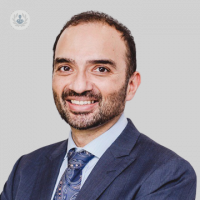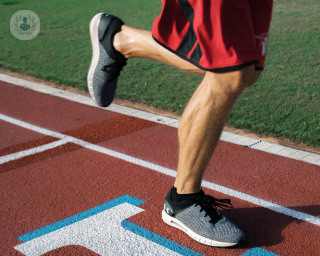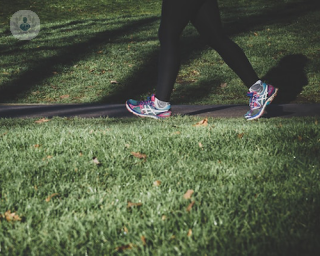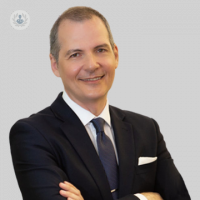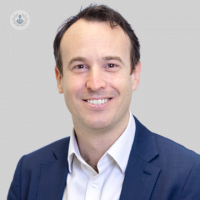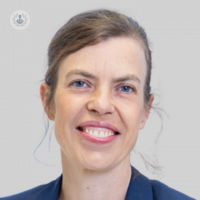Bow-leggedness
Mr Amir Qureshi - Orthopaedic surgery
Created on: 11-13-2012
Updated on: 03-30-2023
Edited by: Carlota Pano
What exactly is bow-leggedness?
Genu varum, which is commonly known as bow-leggedness, is the term used for a postural deformity in which the knees are separated when the ankles are touching. This results in the knees bending outwards. It is very common in children aged between one and two years old, especially if they have started walking early.
It normally spontaneously resolves when they are around three years old (physiological genu varum). If this doesn’t happen, and if there is indeed a degree of bowing or if there is a bone disease, corrective surgery should be carried out lo regain alignment.
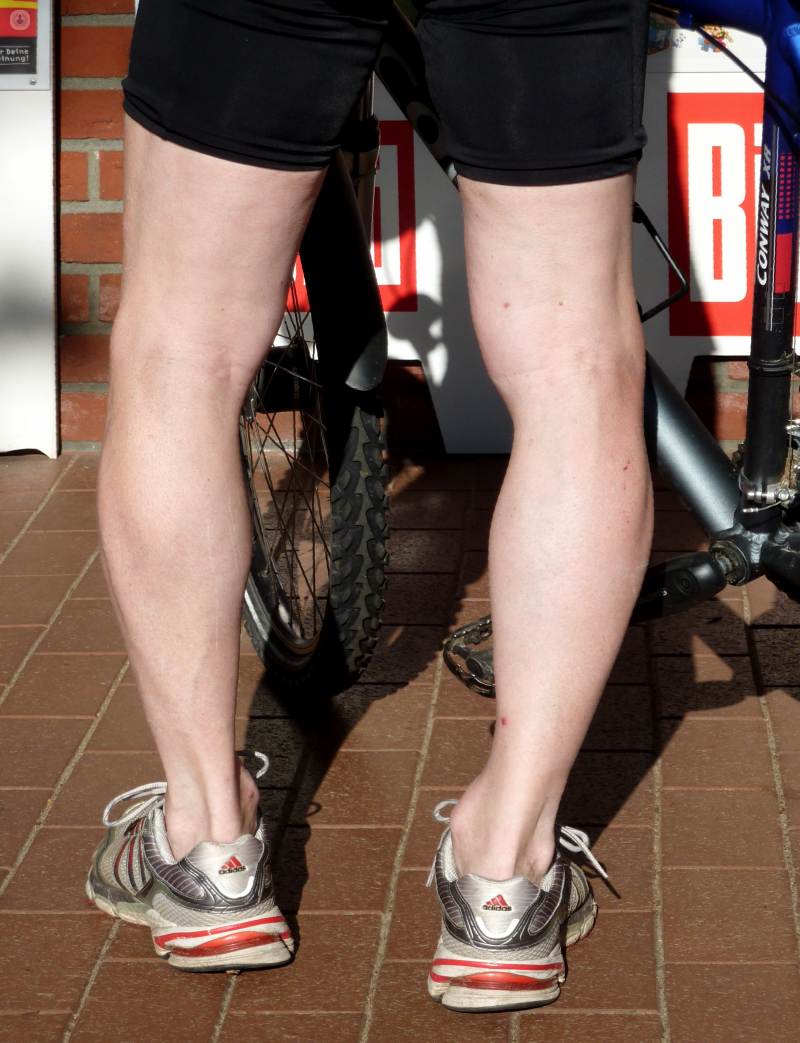
How can surgery help?
Treatment for genu varum aims to:
- Lengthen distended ligaments and the inner leg muscle
- Strengthen and build up various surrounding muscles
- Achieve adequate knee balance to reduce the menisci load
- Achieve as much symmetry as possible
- Prevent potential pelvic problems
- Prevent spine deformities in the sagittal and frontal planes
- Increase standing resistance
- Avoid other injuries
- Improve walking posture
What does surgery involve?
Generally, the surgery performed to correct bow-leggedness is an osteotomy. During this procedure, a bone is cut either to shorten or lengthen it, or to change its alingment entirely. An osteotomy procedure is generally used to reshape the bones, and it is a complex type of surgery.
The surgeon makes a cut in the skin and uses wires to measure the bone, and then takes out or realigns the bone according to the desired length/position. In order to hold the bones in place, the surgeon may use tiny screws and a metal plate, which sometimes must stay in your body permanently, but sometimes can be removed after the bones have realigned.
Post-treatment care
After the operation, you may be in a wheelchair for three to four weeks. After this, crutches will need to be used until you are able to walk unaided. You may need to stay in hospital for a few days so the specialist can monitor your progress. For patients over 35 years of age, rehabilitation takes at least four months. If there are no complications, and when the mobility aids are no longer used, patients should not physically exert themselves for a period of about two months.
What specialist should I see for bow-leggedness?
An orthopaedic surgeon will be the surgeon responsible for carrying out an osteotomy surgical procedure in order to treat bow-leggedness.
